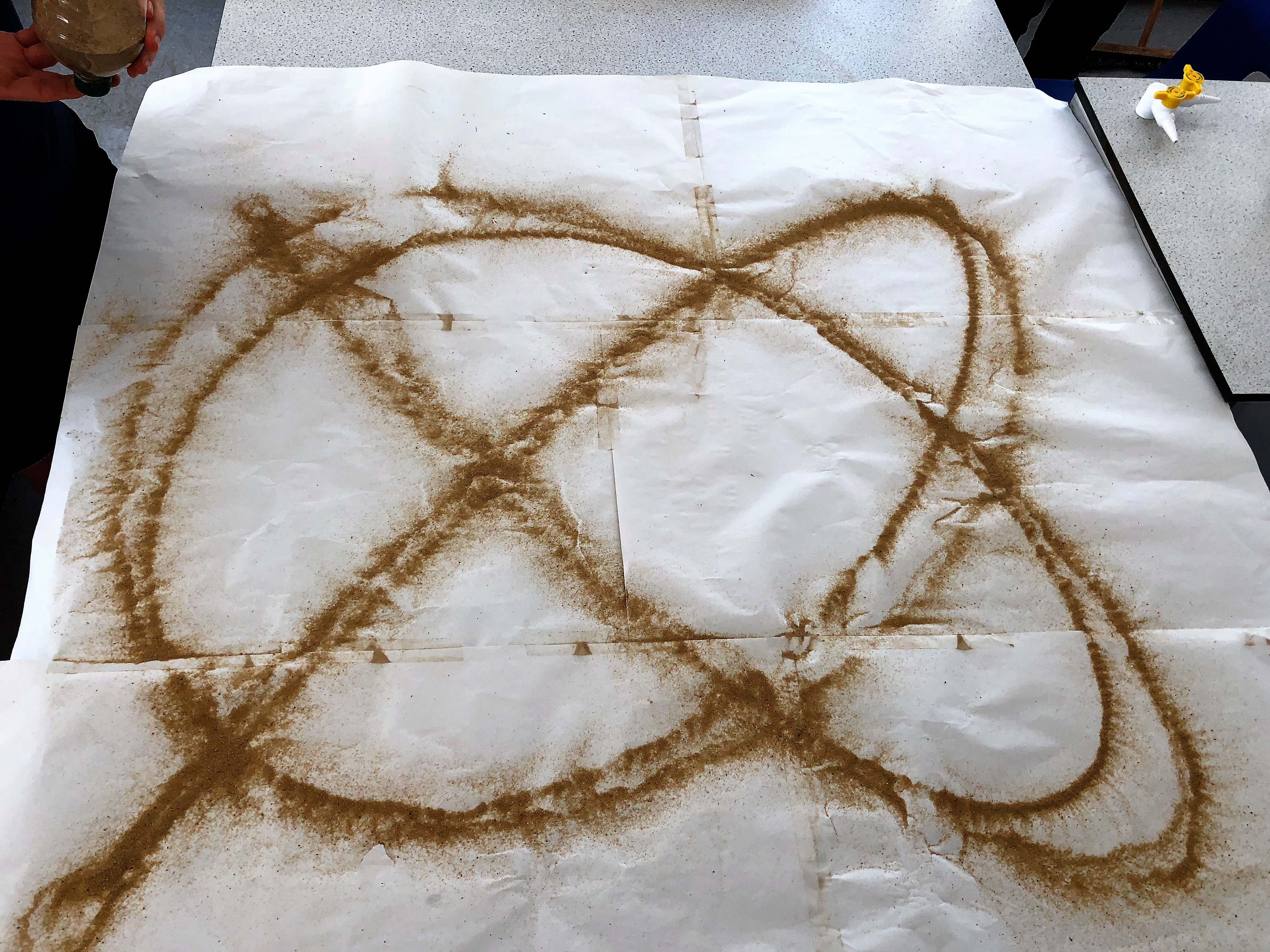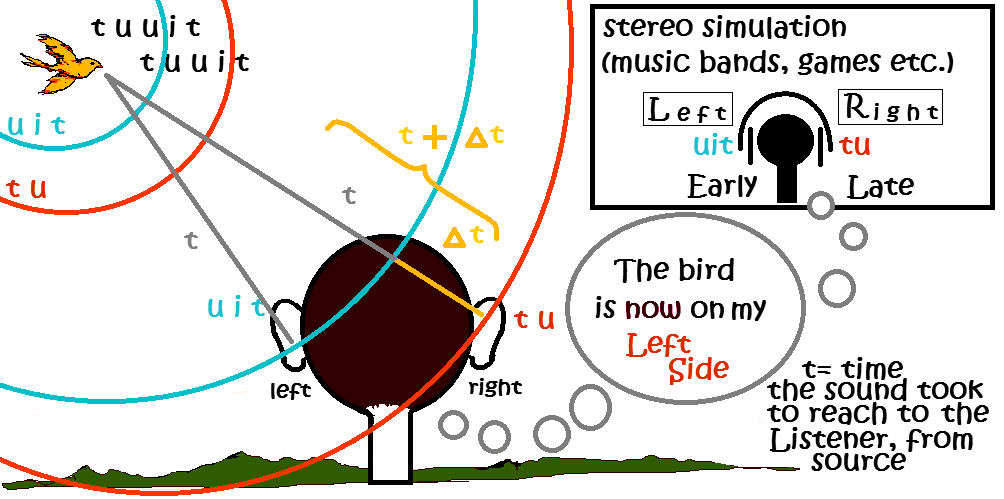|
Vectorscope
A vectorscope is a special type of oscilloscope used in both audio and video applications. Whereas an oscilloscope or waveform monitor normally displays a plot of signal vs. time, a vectorscope displays an X-Y plot of two signals, which can reveal details about the relationship between these two signals. Vectorscopes are highly similar in operation to oscilloscopes operated in X-Y mode; however those used in video applications have specialized graticules, and accept standard television or video signals as input ( demodulating and demultiplexing the two components to be analyzed internally). Applications Video In video applications, a vectorscope supplements a waveform monitor for the purpose of measuring and testing television signals, regardless of format (NTSC, PAL, SECAM or any number of digital television standards). While a waveform monitor allows a broadcast technician to measure the overall characteristics of a video signal, a vectorscope is used to visualize ch ... [...More Info...] [...Related Items...] OR: [Wikipedia] [Google] [Baidu] |
Oscilloscope
An oscilloscope (formerly known as an oscillograph, informally scope or O-scope) is a type of electronic test instrument that graphically displays varying voltages of one or more signals as a function of time. Their main purpose is capturing information on electrical signals for debugging, analysis, or characterization. The displayed waveform can then be analyzed for properties such as amplitude, frequency, rise time, time interval, distortion, and others. Originally, calculation of these values required manually measuring the waveform against the scales built into the screen of the instrument. Modern digital instruments may calculate and display these properties directly. Oscilloscopes are used in the sciences, engineering, biomedical, automotive and the telecommunications industry. General-purpose instruments are used for maintenance of electronic equipment and laboratory work. Special-purpose oscilloscopes may be used to analyze an automotive ignition system or to display th ... [...More Info...] [...Related Items...] OR: [Wikipedia] [Google] [Baidu] |
Tektronix
Tektronix, Inc., historically widely known as Tek, is an American company best known for manufacturing test and measurement devices such as oscilloscopes, logic analyzers, and video and mobile test protocol equipment. Originally an independent company, it is now a subsidiary of Fortive, a Corporate spin-off, spinoff from Danaher Corporation. History 1946–1954 The company traces its roots to the electronics revolution that immediately followed World War II. It was founded in December 1945 as Tekrad. The name was similar to that of a California company, Techrad, so in 1946, the four partners, Howard Vollum, Melvin Jack Murdock, Jack Murdock and Miles Tippery, who had both served in the United States Coast Guard, Coast Guard, and accountant Glenn McDowell, formed Tektronix, Inc. Each contributed an initial $2,600 for equal shares. Howard Vollum had graduated in 1936 from Reed College with a degree in physics and a keen interest in oscilloscopes, then worked as a radio tech ... [...More Info...] [...Related Items...] OR: [Wikipedia] [Google] [Baidu] |
NTSC
NTSC (from National Television System Committee) is the first American standard for analog television, published and adopted in 1941. In 1961, it was assigned the designation System M. It is also known as EIA standard 170. In 1953, a second NTSC standard was adopted, which allowed for color television broadcast compatible with the existing stock of black-and-white receivers. It is one of three major color formats for analog television, the others being PAL and SECAM. ''NTSC color'' is usually associated with the System M; this combination is sometimes called NTSC II. The only other broadcast television system to use NTSC color was the System J. Brazil used System M with PAL color. Vietnam, Cambodia and Laos used System M with SECAM color – Vietnam later started using PAL in the early 1990s. The NTSC/System M standard was used in most of the Americas (except Argentina, Brazil, Paraguay, and Uruguay), Myanmar, South Korea, Taiwan, Philippines, Japan, and some Pacific Isl ... [...More Info...] [...Related Items...] OR: [Wikipedia] [Google] [Baidu] |
Lissajous Figure
A Lissajous curve , also known as Lissajous figure or Bowditch curve , is the graph of a system of parametric equations : x=A\sin(at+\delta),\quad y=B\sin(bt), which describe the superposition of two perpendicular oscillations in x and y directions of different angular frequency (''a'' and ''b).'' The resulting family of curves was investigated by Nathaniel Bowditch in 1815, and later in more detail in 1857 by Jules Antoine Lissajous (for whom it has been named). Such motions may be considered as a particular kind of complex harmonic motion. The appearance of the figure is sensitive to the ratio . For a ratio of 1, when the frequencies match a=b, the figure is an ellipse, with special cases including circles (, radians) and line (mathematics), lines (). A small change to one of the frequencies will mean the x oscillation after one cycle will be slightly out of synchronization with the y motion and so the ellipse will fail to close and trace a curve slightly adjacent during the ... [...More Info...] [...Related Items...] OR: [Wikipedia] [Google] [Baidu] |
Gradient
In vector calculus, the gradient of a scalar-valued differentiable function f of several variables is the vector field (or vector-valued function) \nabla f whose value at a point p gives the direction and the rate of fastest increase. The gradient transforms like a vector under change of basis of the space of variables of f. If the gradient of a function is non-zero at a point p, the direction of the gradient is the direction in which the function increases most quickly from p, and the magnitude of the gradient is the rate of increase in that direction, the greatest absolute directional derivative. Further, a point where the gradient is the zero vector is known as a stationary point. The gradient thus plays a fundamental role in optimization theory, where it is used to minimize a function by gradient descent. In coordinate-free terms, the gradient of a function f(\mathbf) may be defined by: df=\nabla f \cdot d\mathbf where df is the total infinitesimal change in f for a ... [...More Info...] [...Related Items...] OR: [Wikipedia] [Google] [Baidu] |
Stereo
Stereophonic sound, commonly shortened to stereo, is a method of sound reproduction that recreates a multi-directional, 3-dimensional audible perspective. This is usually achieved by using two independent audio channels through a configuration of two loudspeakers (or stereo headphones) in such a way as to create the impression of sound heard from various directions, as in natural hearing. Because the multi-dimensional perspective is the crucial aspect, the term ''stereophonic'' also applies to systems with more than two channels or speakers such as quadraphonic and surround sound. Binaural sound systems are also ''stereophonic''. Stereo sound has been in common use since the 1970s in entertainment media such as broadcast radio, recorded music, television, video cameras, cinema, computer audio, and the Internet. Etymology The word ''stereophonic'' derives from the Greek (''stereós'', "firm, solid") + (''phōnḗ'', "sound, tone, voice") and it was coined in 1927 by ... [...More Info...] [...Related Items...] OR: [Wikipedia] [Google] [Baidu] |
Electron Beam
Since the mid-20th century, electron-beam technology has provided the basis for a variety of novel and specialized applications in semiconductor manufacturing, microelectromechanical systems, nanoelectromechanical systems, and microscopy. Mechanism Free electrons in a vacuum can be manipulated by Electric field, electric and magnetic fields to form a fine beam. Where the beam collides with solid-state matter, electrons are converted into heat or kinetic energy. This concentration of energy in a small volume of matter can be precisely controlled by the fields, which brings many advantages. Applications Electron beam techniques include electron probe microanalysis, transmission electron microscopy, auger spectroscopy, and scanning electron microscopy. The rapid increase of temperature at the location of impact can quickly melt a target material. In extreme working conditions, the rapid temperature increase can lead to evaporation, making an electron beam an excellent tool in heating ... [...More Info...] [...Related Items...] OR: [Wikipedia] [Google] [Baidu] |
Test Pattern
A test card, also known as a test pattern or start-up/closedown test, is a television test signal, typically broadcast at times when the transmitter is active but no program is being broadcast (often at sign-on and sign-off). Used since the earliest TV broadcasts, test cards were originally physical cards at which a television camera was pointed, allowing for simple adjustments of picture quality. Such cards are still often used for calibration, alignment, and matching of cameras and camcorders. From the 1950s, test card images were built into monoscope tubes which freed up the use of TV cameras which would otherwise have to be rotated to continuously broadcast physical test cards during downtime hours. Electronically generated test patterns, used for calibrating or troubleshooting the downstream signal path, were introduced in the late-1960s, and became commonly used from the 1970s and 80s. These are generated by test signal generators, which do not depend on the correct confi ... [...More Info...] [...Related Items...] OR: [Wikipedia] [Google] [Baidu] |
CCIR 601
ITU-R Recommendation BT.601, more commonly known by the abbreviations Rec. 601 or BT.601 (or its former name CCIR 601), is a standard originally issued in 1982 by the Comité consultatif international pour la radio, CCIR (an organization, which has since been renamed as the ITU-R, International Telecommunication Union Radiocommunication sector) for encoding Interlaced video, interlaced analog video signals in digital video form. It includes methods of encoding 525-line 60 Hertz, Hz and 625-line 50 Hz signals, both with an active region covering 720 Luma (video), luminance samples and 360 chrominance samples per line. The color encoding system is known as chroma subsampling#4:2:2, YCbCr 4:2:2. The Rec. 601 video raster format has been re-used in a number of later standards, including the ISO/IEC Moving Picture Experts Group, MPEG and ITU-T Video Coding Experts Group, H.26x compressed formats, although compressed formats for consumer applications usual ... [...More Info...] [...Related Items...] OR: [Wikipedia] [Google] [Baidu] |







